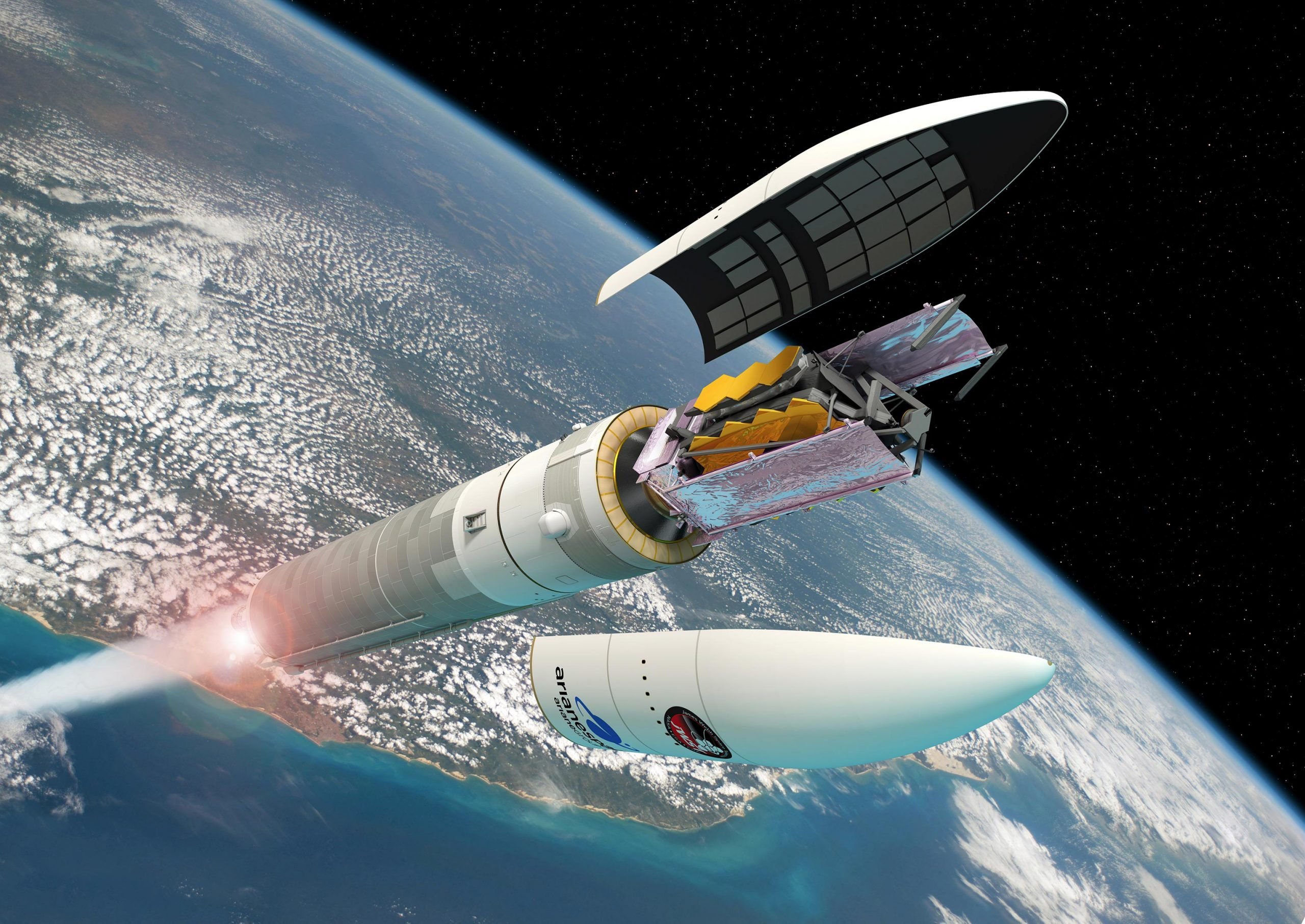

The telescope itself operates at about 225 degrees below zero Celsius (minus 370 Fahrenheit). Its distant location gives Webb an unobstructed view of the sky, and aids its ability to see much farther into the universe than the Hubble Space Telescope.+ The temperature difference between the hot and cold sides of the telescope is huge - you could almost boil water on the hot side, and freeze nitrogen on the cold side! This point is located 1.5 million kilometres from Earth. In addition to orbiting the Sun, Webb makes a tight orbit around a point in space known as Lagrange 2, or L2. High-frequency radio transmitter: Large radio antennas spread out around the globe receive Webb's transmitter signals and forward them to the Webb Science and Operation Center at the Space Telescope Science Institute in Baltimore, USA.Instruments: In addition to the Canadian-made scientific instrument NIRISS, the Webb Telescope houses three other partner-contributed scientific instruments: NIRCam ( NASA), NIRSpec (European Space Agency ) and MIRI ( NASA/ ESA).It took Webb about two weeks to fully unfold, and two more weeks to travel to its final destination.


A variety of instruments have been built to capture these types of non-visible light and help study different celestial phenomena like exoplanets, red dwarf stars and black holes. There are many kinds of light all around us: the rainbow of light we can see, and several other types – like X-rays, infrared, microwaves, radio waves – that are not visible to the human eye.Ĭertain types of objects, such as planets and very distant galaxies, shine most brightly in infrared light. The telescope's four scientific instruments are specifically designed to capture infrared light, and are able to peer through cosmic dust to study colder or very distant objects. Webb uses infrared light, which cannot be perceived by the human eye, to study every phase in cosmic history. Thanks to the CSA's contribution, Canadian scientists are guaranteed observation time on the Webb Telescope and will be among the first to benefit from Webb's powerful instruments. The Canadian Space Agency ( CSA) has provided the Webb Telescope with the Near-Infrared Imager and Slitless Spectrograph (NIRISS) scientific instrument and the Fine Guidance Sensor ( FGS). determine the potential for life on planets around other stars.explore distant worlds and study our solar system.

better understand how planets, stars and galaxies are born and evolve over time.search for the first stars and galaxies created after the Big Bang.observe farther into the universe than ever before.Canada's contribution to the James Webb Space Telescope (Credits: Canadian Space Agency, NASA, Northrop Grumman, ESA)


 0 kommentar(er)
0 kommentar(er)
